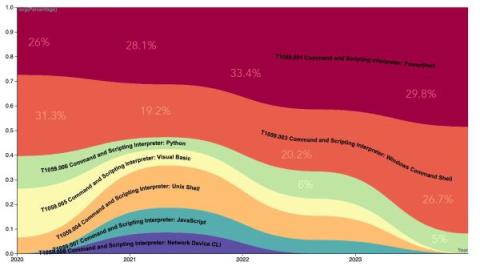Today's Top Cybersecurity Threats & the Impacts to Your Business
With the escalating frequency and complexity of cyberattacks, businesses are constantly under threat. Security operations have become an indispensable aspect of organizational survival and success. Cyberattacks and data breaches regularly make headlines as malicious actors continue to adapt and develop new tactics.










